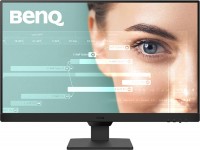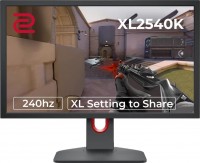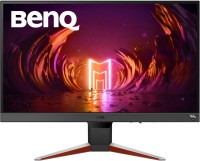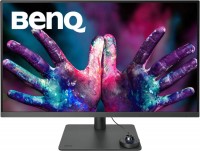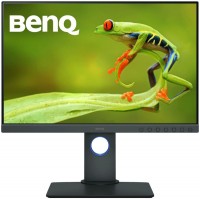Monitors BenQ series BL (for business)
prices on 9 modelsBenQ BL
Many readers may have a question: what is a business―class monitor at all, what is it eaten with, and what are the differences from a regular monitor? Usually, in specialized models for video games or photo processing, the emphasis is on some specific functions of the matrix. In games, the key role is played by reaction speed, refresh rate and the presence of things like Freesync. In models for creatives, the emphasis is on colour rendering and calibration. In contrast, in business class displays, it is not so much the matrix itself that is important, as ergonomics, convenience and additional features.
 |
Firstly, Eye Care and Anti-Flicker technologies are implemented in the BL series panels, which reduce the level of blue colour and smooth out the flickering of the backlight. However, this will not surprise us. But the use of a light sensor to automatically adjust the brightness of the monitor to the ambient lighting is already a much rarer and interesting feature. Secondly, an important element is the glossy coating of the screen, which reduces the amount of glare in bright lighting. Thirdly, ergonomic stands have become a mandatory attribute in the monitors of 2019 and later, with the help of which the screen can be adjusted in any necessary plane, change its height or expand it into portrait mode.
The BL series is based on 24 – 27-inch monitors with universal IPS matrices. Devices with TN-displays are in a noticeable minority and are extremely rare. In 90% of cases, the resolution is limited to the classic Full HD, so as not to raise the price and not create an extra load on the graphics card. Connection ports often include all available connection options on the market: HDMI, DisplayPort, VGA and DVI-D. For audio output, most models have built-in two-way speakers. Prices for such devices range from $ 150 to $ 250.

